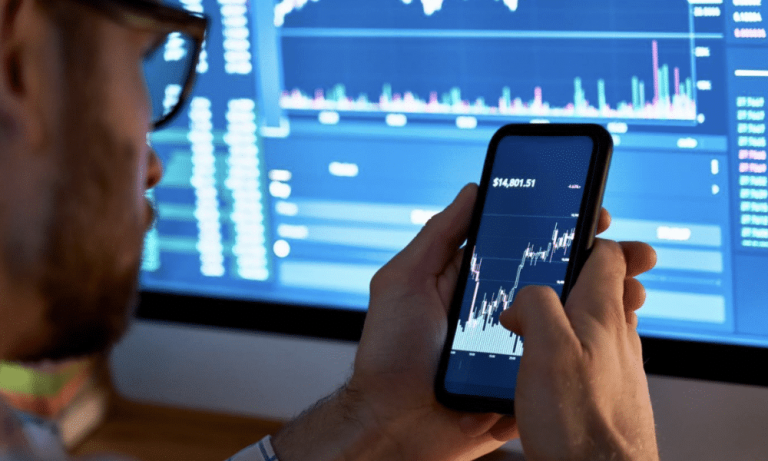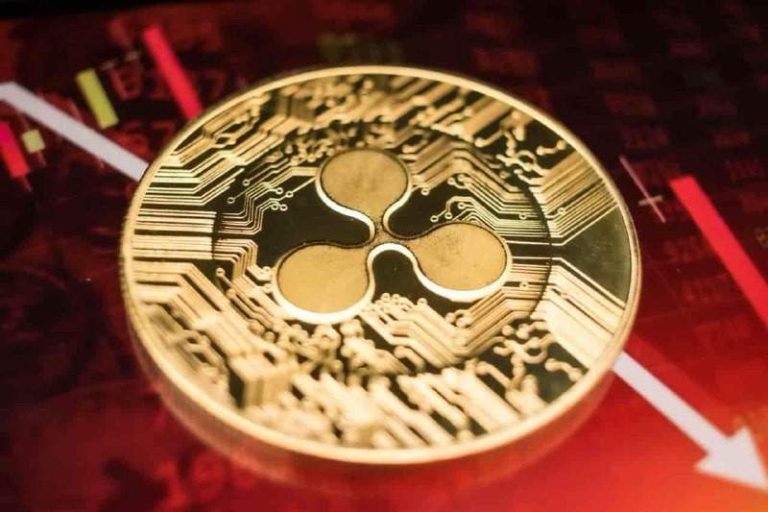
Technological Innovations Shaping 2025: A New Era of Advancements
Introduction

Technological Innovations Shaping 2025 is an exciting topic that has been gaining attention in recent years. As we approach the midpoint of the decade, it’s clear that this year will be a landmark year for technological innovations. With advancements in artificial intelligence, the internet of things, and blockchain, we can expect significant changes in various industries. In this article, we’ll explore some of the key technological innovations that will shape 2025 and beyond.
Artificial Intelligence (AI)

Artificial intelligence is one of the most significant technological innovations of our time. AI refers to the development of computer systems that can perform tasks that typically require human intelligence, such as learning, problem-solving, and decision-making. In 2025, we can expect AI to become even more ubiquitous, with applications in areas such as healthcare, finance, and transportation.
AI-Powered Healthcare

AI is already being used in healthcare to analyze medical images, diagnose diseases, and develop personalized treatment plans. In 2025, we can expect AI-powered healthcare to become even more advanced, with the use of machine learning algorithms to analyze large amounts of medical data and develop new treatments.
AI-Driven Finance

AI is also being used in finance to analyze market trends, predict stock prices, and detect fraudulent transactions. In 2025, we can expect AI-driven finance to become even more prevalent, with the use of machine learning algorithms to develop new investment strategies and optimize portfolio performance.
Internet of Things (IoT)

The internet of things refers to the network of physical devices, vehicles, and other items that are embedded with sensors, software, and connectivity, allowing them to collect and exchange data. In 2025, we can expect the IoT to become even more widespread, with applications in areas such as smart homes, cities, and industries.
Smart Homes

Smart homes are one of the most exciting applications of the IoT. With the use of smart devices and sensors, homeowners can control lighting, temperature, and security systems remotely, making their lives more convenient and energy-efficient.
Smart Cities
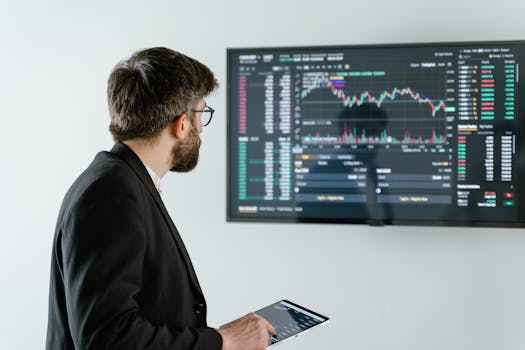
Smart cities are another key application of the IoT. By using sensors and data analytics, cities can optimize traffic flow, reduce energy consumption, and improve public safety.
Blockchain

Blockchain is a distributed ledger technology that allows for secure, transparent, and tamper-proof data storage and transfer. In 2025, we can expect blockchain to become even more widely adopted, with applications in areas such as supply chain management, voting systems, and digital identity verification.
Supply Chain Management

Blockchain is being used in supply chain management to track the movement of goods, verify authenticity, and ensure compliance with regulations. In 2025, we can expect blockchain-based supply chain management to become even more prevalent, with the use of smart contracts and IoT sensors to optimize logistics and reduce costs.
Voting Systems

Blockchain is also being used in voting systems to ensure the integrity and transparency of elections. By using blockchain-based voting systems, voters can verify that their votes have been counted accurately, and election officials can ensure that the results are tamper-proof.
Conclusion
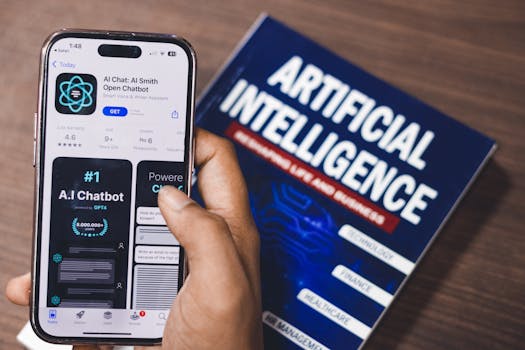
In conclusion, technological innovations are shaping 2025 in exciting and unprecedented ways. With advancements in AI, IoT, and blockchain, we can expect significant changes in various industries, from healthcare and finance to transportation and education. As we move forward into this new era of technological advancements, it’s essential to stay informed and adapt to the changing landscape.
Future Outlook

As we look to the future, it’s clear that technological innovations will continue to shape our world. With the rise of emerging technologies such as quantum computing, augmented reality, and 5G networks, we can expect even more exciting developments in the years to come. Whether you’re a business leader, a technologist, or simply a curious individual, it’s essential to stay ahead of the curve and be prepared for the opportunities and challenges that these innovations will bring.
Challenges and Opportunities

While technological innovations offer many opportunities, they also present challenges. One of the most significant challenges is the need for skilled workers who can develop and implement these technologies. Additionally, there are concerns about the impact of automation on jobs and the potential for technological unemployment. However, with the right training and education, workers can acquire the skills they need to thrive in this new era of technological advancements.
Education and Training

Education and training are critical components of preparing for the technological innovations of 2025. By providing workers with the skills they need to develop and implement these technologies, we can ensure that they are equipped to thrive in this new era. This includes training in areas such as AI, IoT, and blockchain, as well as emerging technologies such as quantum computing and augmented reality.
Conclusion
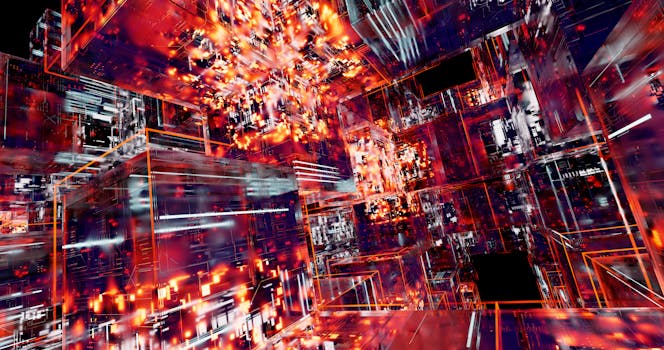
In conclusion, technological innovations are shaping 2025 in exciting and unprecedented ways. With advancements in AI, IoT, and blockchain, we can expect significant changes in various industries, from healthcare and finance to transportation and education. As we move forward into this new era of technological advancements, it’s essential to stay informed, adapt to the changing landscape, and provide workers with the skills they need to thrive.
Final Thoughts

As we look to the future, it’s clear that technological innovations will continue to shape our world. With the right mindset, skills, and training, we can unlock the full potential of these innovations and create a brighter, more prosperous future for all.




